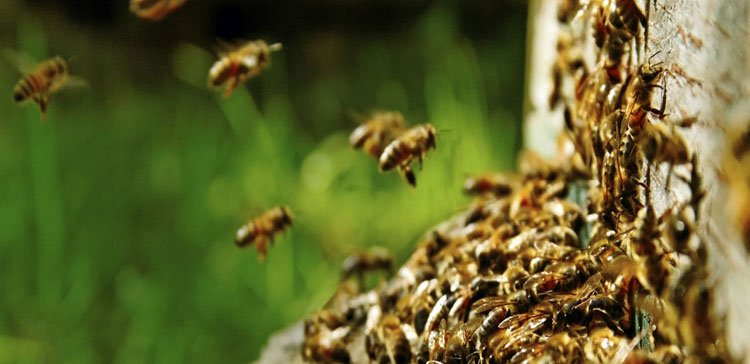Anti-Pigeon Spikes
Pigeons are charming birds, but when they gather in large numbers, they can become a nuisance, causing damage to property and creating unsanitary conditions. To address this problem, property owners and managers often turn to anti-pigeon spikes, a popular and humane method for deterring pigeons from roosting and nesting on buildings and structures. In this article, we will explore what anti-pigeon spikes are, how they work, and their effectiveness as a solution for pigeon control.
1. Understanding Anti-Pigeon Spikes
Anti-pigeon spikes, also known as pigeon spikes or bird spikes, are simple yet effective bird deterrent devices designed to prevent pigeons and other birds from landing on ledges, window sills, roofs, and other flat surfaces. They are typically made of durable materials such as stainless steel, polycarbonate, or plastic, and come in various lengths and configurations to suit different architectural features.
The spikes are installed along potential roosting or perching sites, creating an uneven and uncomfortable surface for birds to land on. While they are sharp enough to discourage pigeons from settling, they do not cause harm to the birds or pose a threat to humans.
2. How Anti-Pigeon Spikes Work?
The primary principle behind anti-pigeon spikes is to deny pigeons a stable surface for roosting or nesting. Pigeons are adaptive birds and prefer flat and stable perching spots. The presence of spikes disrupts these ideal landing areas, forcing pigeons to seek more suitable locations.
The spikes’ design makes it challenging for pigeons to find footholds, preventing them from gaining a solid grip and thus discouraging them from roosting on the protected surfaces. As pigeons repeatedly encounter the spikes, they learn to associate those areas with discomfort and eventually abandon them, seeking alternative locations for shelter and nesting.
3. Effectiveness of Anti-Pigeon Spikes
Anti-pigeon spikes are widely recognized as a highly effective and humane solution for pigeon control. When correctly installed, these spikes offer long-term deterrence without causing harm to the pigeons. Unlike harmful or lethal methods, such as poisons or traps, anti-pigeon spikes do not pose any threat to bird populations or other non-target species.
Furthermore, the installation of anti-pigeon spikes is relatively straightforward and can be done on various surfaces, including ledges, beams, signage, and rooftops. They are suitable for both residential and commercial properties, proving effective in deterring pigeons from gardens, balconies, and commercial buildings alike.
4. Benefits of Using Anti-Pigeon Spikes
a. Non-Lethal Solution:
Anti-pigeon spikes provide a non-lethal and ethical way to deal with pigeon infestations, ensuring that no harm comes to the birds.
b. Environmentally Friendly:
Unlike chemical treatments or pesticides, anti-pigeon spikes do not introduce harmful substances into the environment.
c. Low Maintenance:
Once installed, anti-pigeon spikes require minimal maintenance, providing long-lasting bird deterrence.
d. Preservation of Property:
Pigeon droppings can corrode building materials and lead to costly repairs. By deterring pigeons from nesting, property damage can be significantly reduced.
e. Public Health:
Pigeon droppings can carry diseases and create unsanitary conditions. Anti-pigeon spikes help minimize the risk of disease transmission to humans.
Conclusion
Anti pigeon spikes offer a humane and effective solution for deterring pigeons from roosting and nesting on buildings and structures. By providing an uncomfortable landing surface, these spikes encourage pigeons to seek alternative locations, preventing property damage and health hazards associated with large pigeon populations.
Property owners and managers concerned about pigeon infestations should consider installing anti-pigeon spikes as a sustainable and ethical approach to pigeon control. By doing so, they can maintain a clean and pigeon-free environment while ensuring the safety and well-being of both humans and birds.







